The vast, windswept plains stretch endlessly under an open sky, where the horizon blurs into a shimmering mirage. Here, in this seemingly barren landscape, an unexpected sight emerges—a herd of metallic creatures frozen in motion, their sleek forms catching the sunlight. This is no mirage, but Wind Kinetic Sculpture Grove: Metal Herd on the Wasteland, an ambitious art installation that transforms the desolate into the extraordinary.
Conceived by renowned kinetic sculptor Elias Vane, the project spans over 12 acres of untouched wilderness in New Mexico’s high desert. Unlike traditional sculptures, these pieces are not static. Designed to respond to the slightest breeze, the metal herd comes alive with an eerie, organic grace. Each sculpture—ranging from abstract equine forms to towering, antlered beasts—sways, rotates, or emits low, harmonic tones as wind passes through carefully engineered cavities. "I wanted to create something that felt both ancient and futuristic," Vane explains. "These aren’t just sculptures; they’re participants in the landscape."
The installation’s location is no accident. The barren beauty of the desert serves as both canvas and collaborator. Gusts that race across the plateau animate the sculptures in unpredictable ways, ensuring no two visits are alike. At dawn, elongated shadows cast by the metal figures stretch like spectral tendrils across the cracked earth. By midday, the scorching sun turns their surfaces into blinding mirrors. And when storms roll in, the entire grove thrums with metallic whispers, as if the herd is murmuring secrets to the sky.
Local communities have embraced the project with surprising fervor. What began as an avant-garde experiment has become a pilgrimage site for artists, environmentalists, and curious travelers. "There’s a magic to it," says Marisol Gutierrez, a nearby rancher. "Kids call them ‘the desert ghosts.’ Sometimes, at night, you’d swear they’ve moved when no one was looking." This sense of mysticism is amplified by the installation’s deliberate lack of placards or interpretive signs—Vane insists the work must speak for itself.
Critics have hailed the Wind Kinetic Sculpture Grove as a masterclass in environmental art. Unlike pieces confined to white-walled galleries, Vane’s creations engage directly with ecological forces. The steel alloys used were treated to develop a natural patina over time, allowing the sculptures to evolve with the elements. "It’s art that acknowledges its own impermanence," notes art historian Diane Pryor. "The wind that gives it life will also, one day, reclaim it."
Controversy, however, has not been absent. Some conservationists initially protested the introduction of industrial materials into pristine desert. Vane’s team countered by demonstrating how the installation’s footprint was minimal—no concrete foundations were poured, and each piece can be disassembled without trace. Over time, even skeptics admitted the grove had become an unexpected haven for wildlife. Birds nest in the sculptures’ hollow cavities, while rodents take shelter in their shadows. "The desert adapts," observes biologist Hank Yates. "These structures now function like a new kind of rock formation."
As twilight descends, the metal herd undergoes its most haunting transformation. Solar-powered LED filaments embedded within the sculptures emit a faint bioluminescent glow, mimicking the eerie radiance of deep-sea creatures. Visitors who brave the cold desert nights speak of feeling watched by these silent sentinels. Photographer Jamal Chen, who documented the grove across seasons, describes it as "a place where time bends. You half-expect the sculptures to start wandering off into the darkness."
Vane’s vision extends beyond aesthetics. The grove is now part of a larger initiative called Art as Ecosystem, which explores how human creativity can coexist with—rather than dominate—natural environments. Talks are underway to replicate the concept in other extreme landscapes: Arctic tundras, volcanic slopes, perhaps even mangrove swamps. "We’ve spent centuries making art that separates us from nature," Vane reflects. "It’s time to make art that reminds us we’re part of it."
For now, the metal herd keeps its vigil on the wasteland. Some days, when the wind stills, they stand motionless as relics of some forgotten civilization. But when the next storm rolls in, their creaking limbs and mournful songs prove they’re very much alive—a testament to the desert’s breath and the imagination of those who dare to listen.
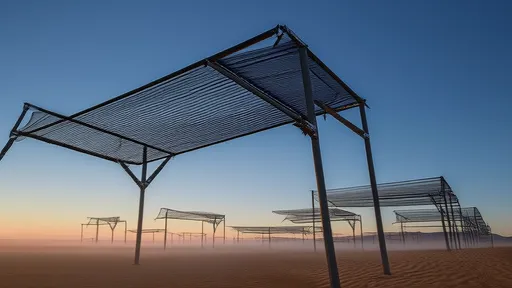
By /Jul 16, 2025
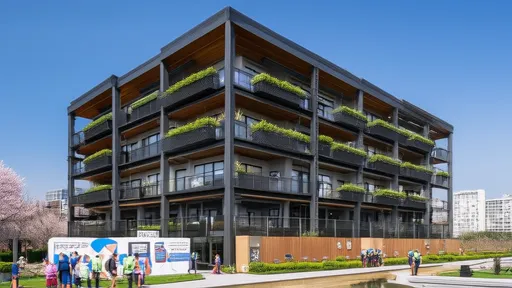
By /Jul 16, 2025
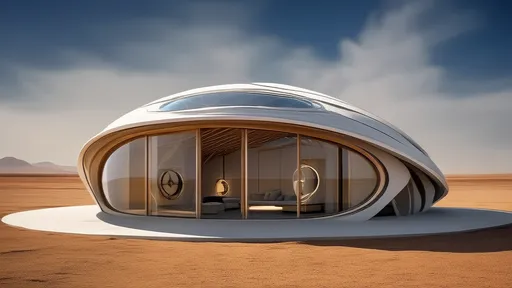
By /Jul 16, 2025

By /Jul 16, 2025

By /Jul 16, 2025

By /Jul 16, 2025
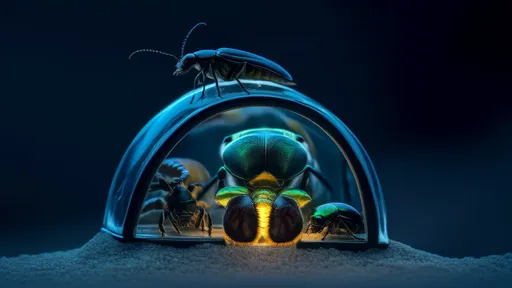
By /Jul 16, 2025
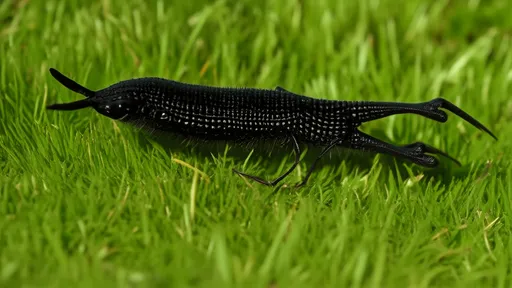
By /Jul 16, 2025
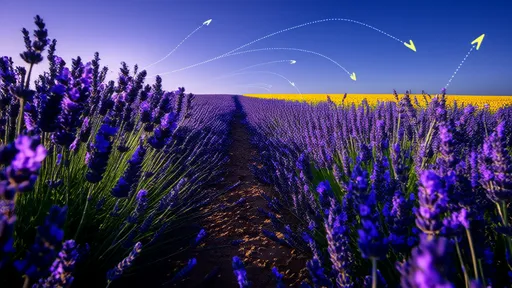
By /Jul 16, 2025
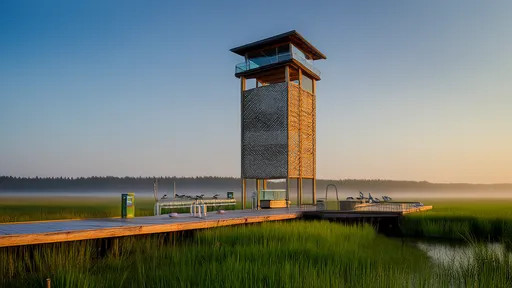
By /Jul 16, 2025

By /Jul 16, 2025

By /Jul 16, 2025
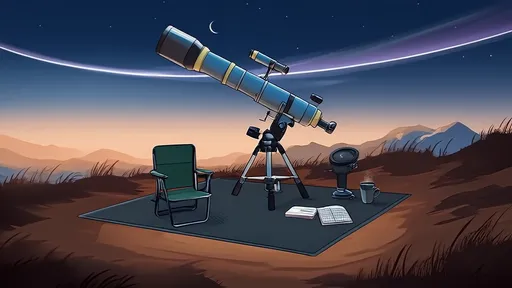
By /Jul 16, 2025

By /Jul 16, 2025

By /Jul 16, 2025
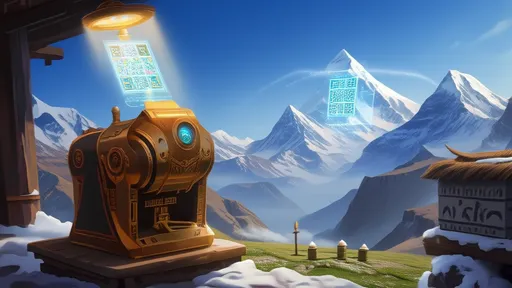
By /Jul 16, 2025
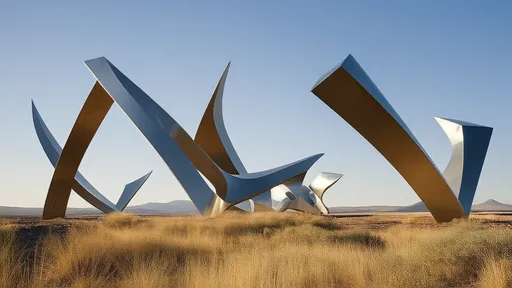
By /Jul 16, 2025

By /Jul 16, 2025